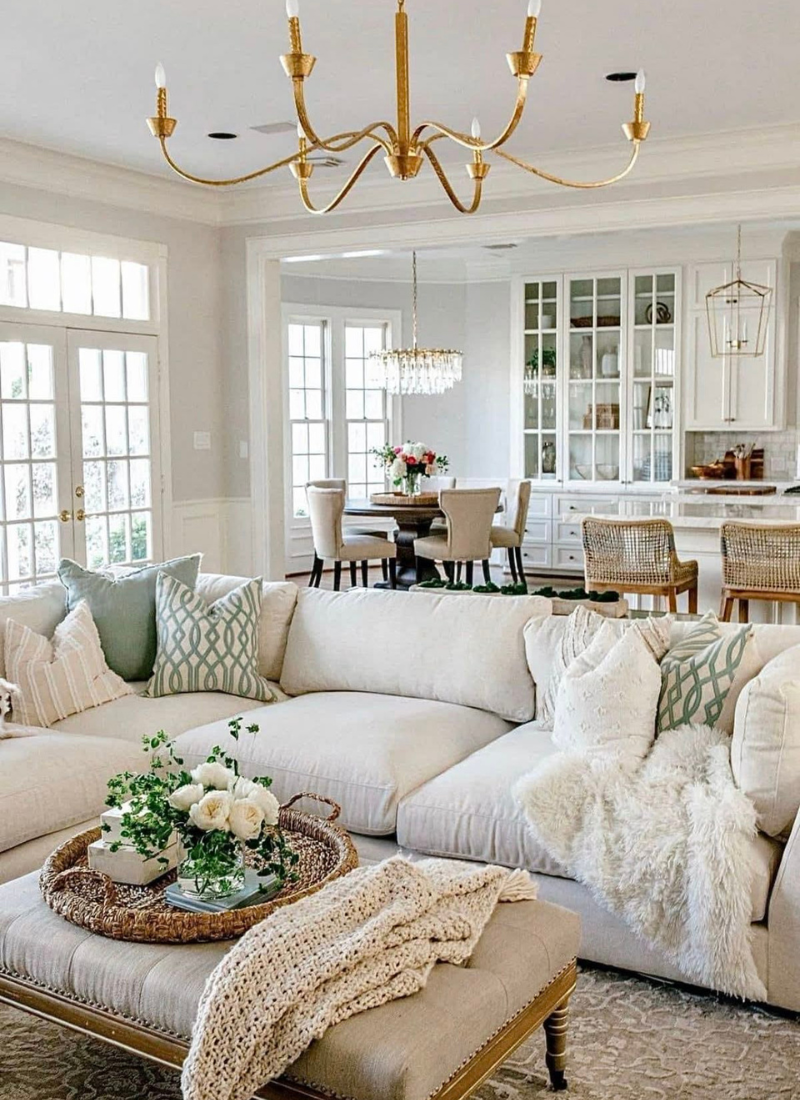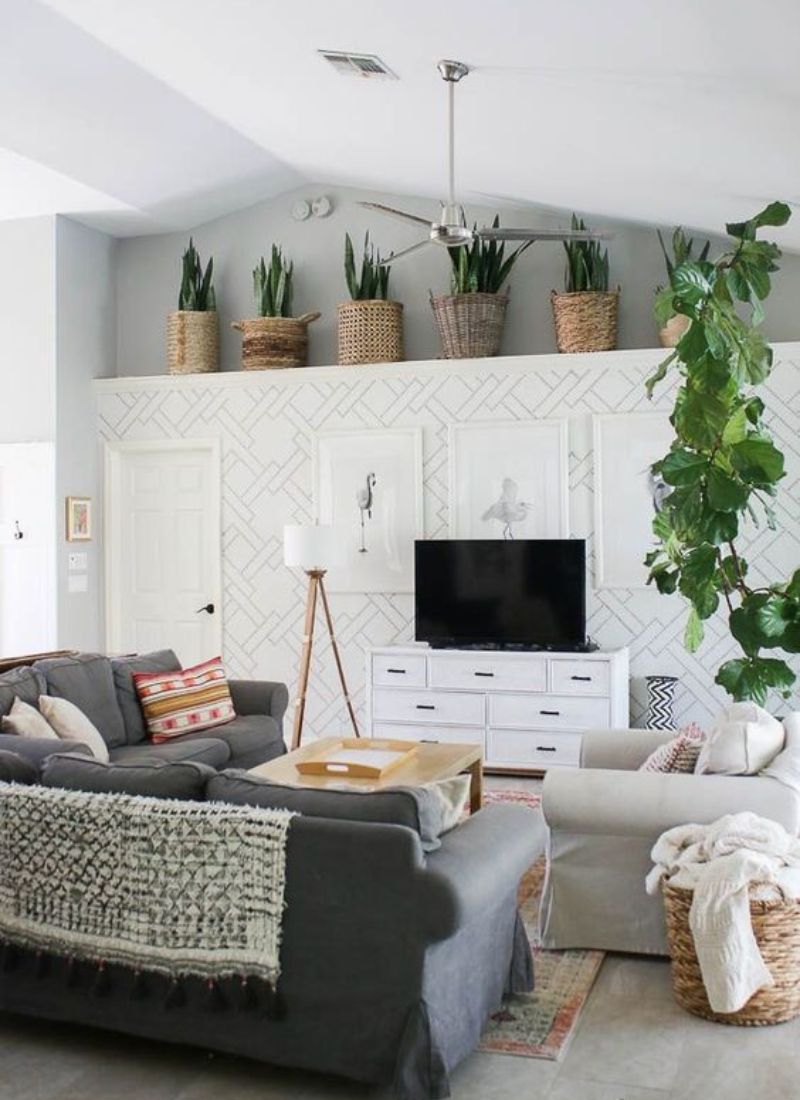Hey all! My name is Julia, former college student and a home decor enthusiast who loves DIY home improvement projects and finding creative ways to decorate any living spaces on a budget. Recently moved from my dorm to my new apartment which I renovated from scratch and I am here to help you with tips & tricks about home decor/college and more 🙂
Beadboard walls have been a favorite in homes for generations, but are they still considered stylish today? If you’re wondering whether beadboard is classic or dated, here are some thoughts to help you decide for your space.
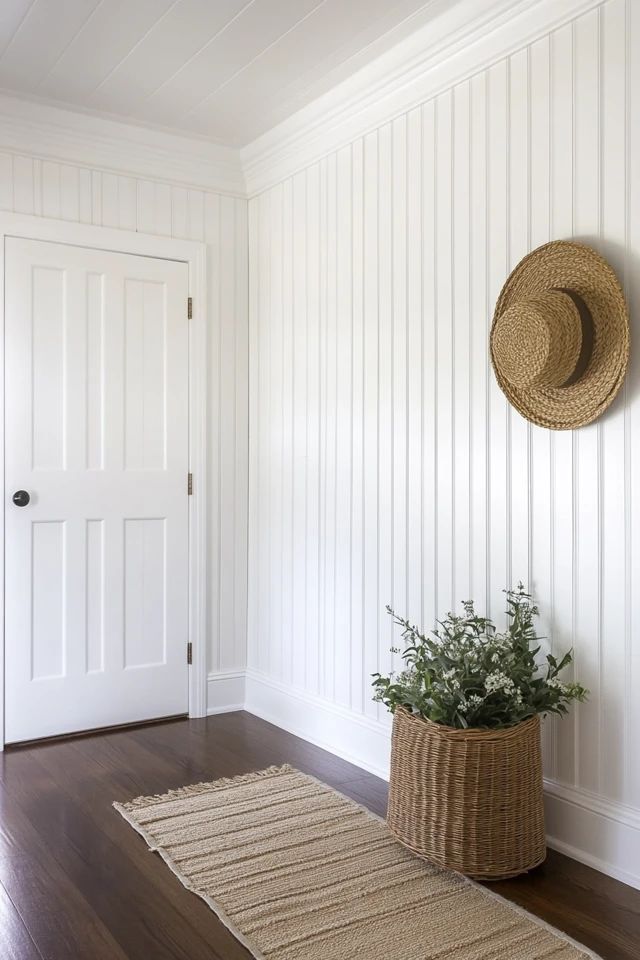
So, are beadboard walls still a good pick, or do they just make your place look kind of stuck in the past?
Honestly, beadboard is a classic wall treatment that still works with both old-school charm and more modern style.
It really depends on how you use it and what you pair it with. Maybe you’re after that cozy, cottage vibe, or you just want to give a plain wall some personality.
Beadboard can do both—it’s a little design trick that never seems to fully disappear. If you’re not sure it belongs in your home today, you’re definitely not the only one.
Let’s dig into what makes beadboard special, how you might style it, and whether it’s the right move for your next project.
What Are Beadboard Walls?
Beadboard walls bring a cozy, classic touch to almost any room. Their tidy lines and old-school charm have made them a staple in beachy cottages and even more polished spaces.
Defining Beadboard

Beadboard is paneling made of long, narrow planks set side by side. Each plank has a “bead,” or small ridge, running vertically between boards, so it’s easy to spot.
People usually install beadboard halfway up a wall (that’s called wainscoting), but you can go full height for more impact.
It’s a favorite for giving farmhouse and cottage looks an updated twist, but honestly, you can use it anywhere you want texture and character.
Key Features and Materials
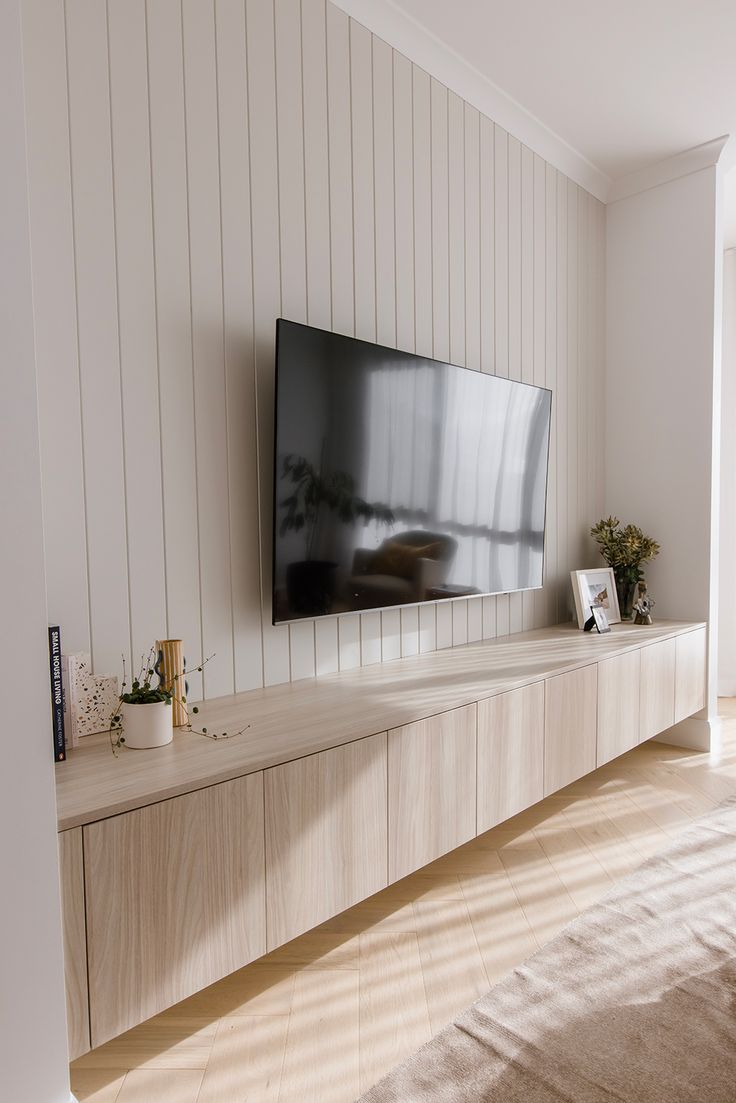
Those vertical grooves and ridges set beadboard apart. The soft pattern adds interest without being loud or busy.
The lines can even make rooms feel a bit taller, which is handy if your ceilings are low.
You’ll find beadboard in wood, MDF (medium-density fiberboard), or even PVC for extra moisture protection.
White beadboard is probably what pops into most people’s heads, but you can paint it almost any color. White does make spaces look especially clean and bright, though.
Traditional Uses in Home Design
You’ll spot beadboard in all sorts of places, but it’s most famous in older houses and cottages.
It’s used a lot for wainscoting, where it covers just the lower part of the walls.
This keeps rooms like living rooms or powder rooms from looking too plain and adds texture.
In country homes, especially in New England, beadboard is almost expected.
You’ll find it in hallways, bathrooms, or even on ceilings. People love it because it hides scuffs and holds up well over time.
Influence on Styles Like Maison Classique
Walk into a house with that “Maison Classique” vibe and you’ll probably see beadboard.
Designers use it to add those refined, classic lines that make a space feel welcoming but not stuffy.
Beadboard helps tie together simple furniture, vintage finds, and light fixtures.
You can balance old-school charm with newer touches, especially in small, cozy spots like a powder room.
Textured walls from beadboard just make the room feel a bit more special.
Current Trends in Wall Treatments
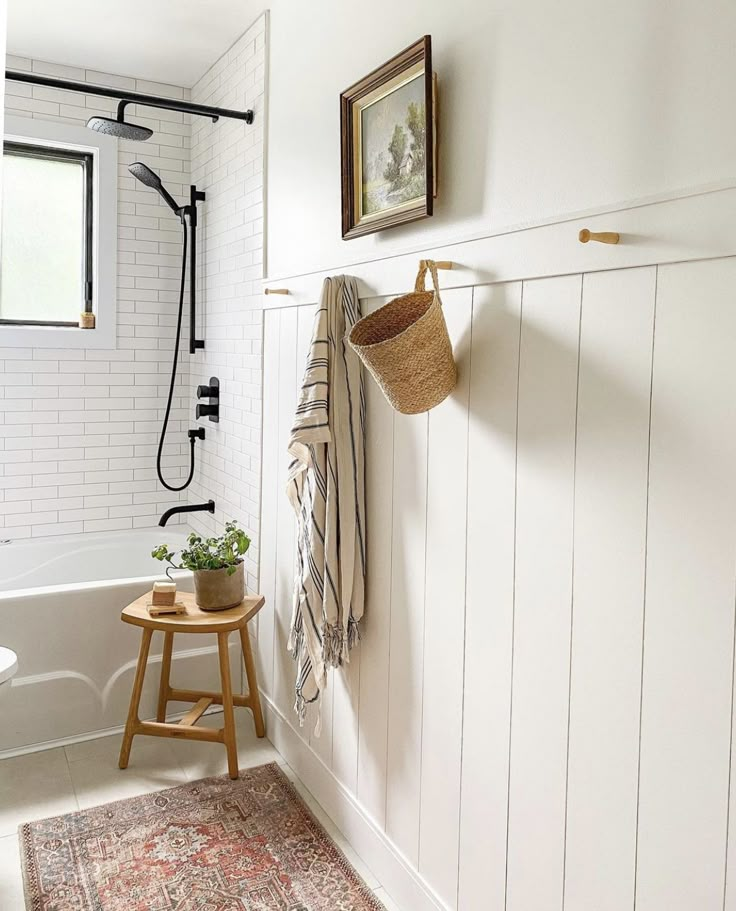
Check out homes right now and you’ll see all kinds of wall treatments getting popular.
Shiplap, wainscoting, beadboard—they’re all in the mix.
Designers say:
- Wainscoting is a favorite for a classic feel
- Beadboard is making a comeback in modern homes (especially for a cozy look)
Beadboard doesn’t have to be white or just for bathrooms.
You might see it painted in bold colors, running up the whole wall, or even mixed with wallpaper.
That keeps a room feeling fresh while still holding onto the classic vibe.
Blending Old and New Styles
You don’t have to choose between old and new with beadboard.
Plenty of people mix beadboard with modern lighting or sleek furniture for a cool, balanced look.
Try using beadboard as an accent wall behind your bed or in an entryway.
Pair it with metal fixtures or simple shelves.
Tips for a modern look:
- Go for taller panels
- Choose deep colors like navy or dark green
- Pair with clean, simple furniture
This combo keeps the charm but won’t make your house feel like a time capsule.
Comparing Beadboard and Board and Batten
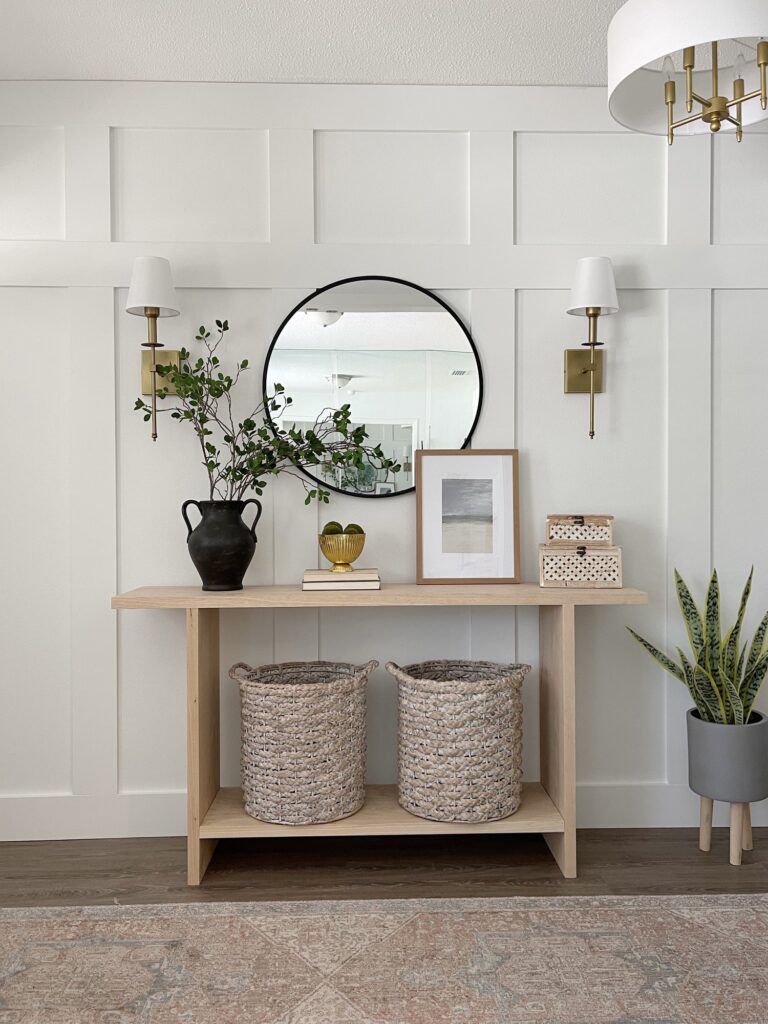
If you like texture, both beadboard and board and batten are great, but they do it in totally different ways.
Beadboard has those narrow, vertical grooves that feel a bit beachy or cottage-y.
Board and batten uses wider boards and bold vertical strips for a more modern, dramatic look.
Here’s a quick look at the differences:
| Feature | Beadboard | Board and Batten |
|---|---|---|
| Panel Pattern | Thin grooves | Wide boards + Battens |
| Style Vibe | Cozy, classic | Bold, farmhouse |
| Best Room Match | Baths, kitchens | Living rooms, entries |
You’ll find beadboard in kitchens or bathrooms a lot.
Board and batten feels a bit more formal, so it usually ends up in entryways or big living spaces.
Wainscoting Alternatives and Similarities
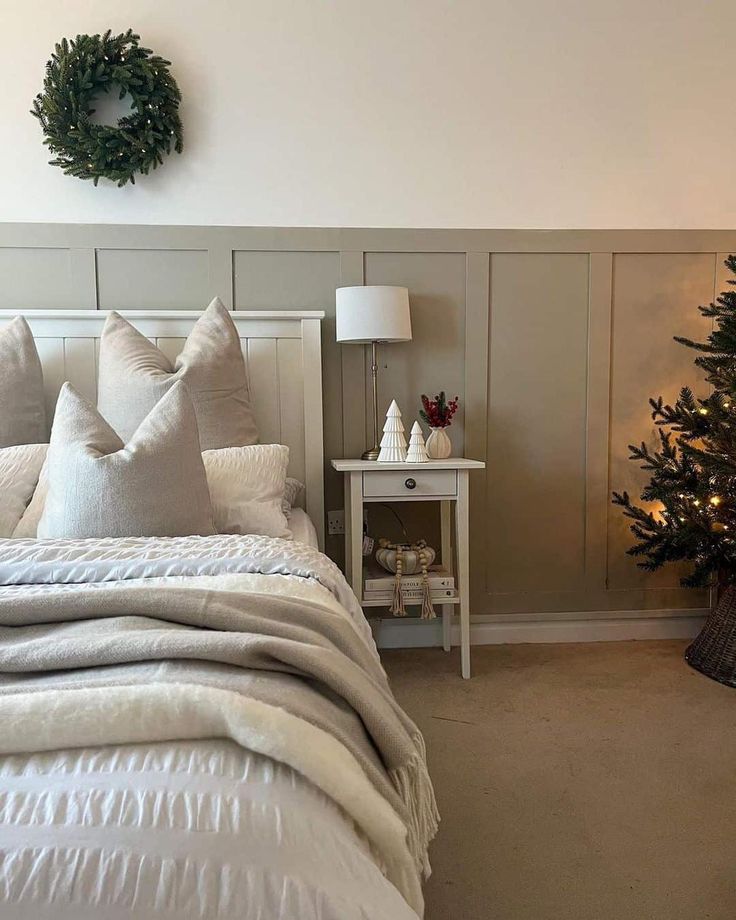
Wainscoting is kind of a “catch-all” word for any fancy wood paneling on the lower part of your walls.
Beadboard is a type of wainscoting, but there are others like raised and flat panels.
Some wainscoting styles look really traditional, while beadboard feels more relaxed. If you just want something simple, beadboard’s a solid choice.
If you want more detail or drama, you might like classic wainscoting panels.
Either way, you can paint everything to match your vibe, so you’re not stuck with one look forever.
Accentuating Living Rooms
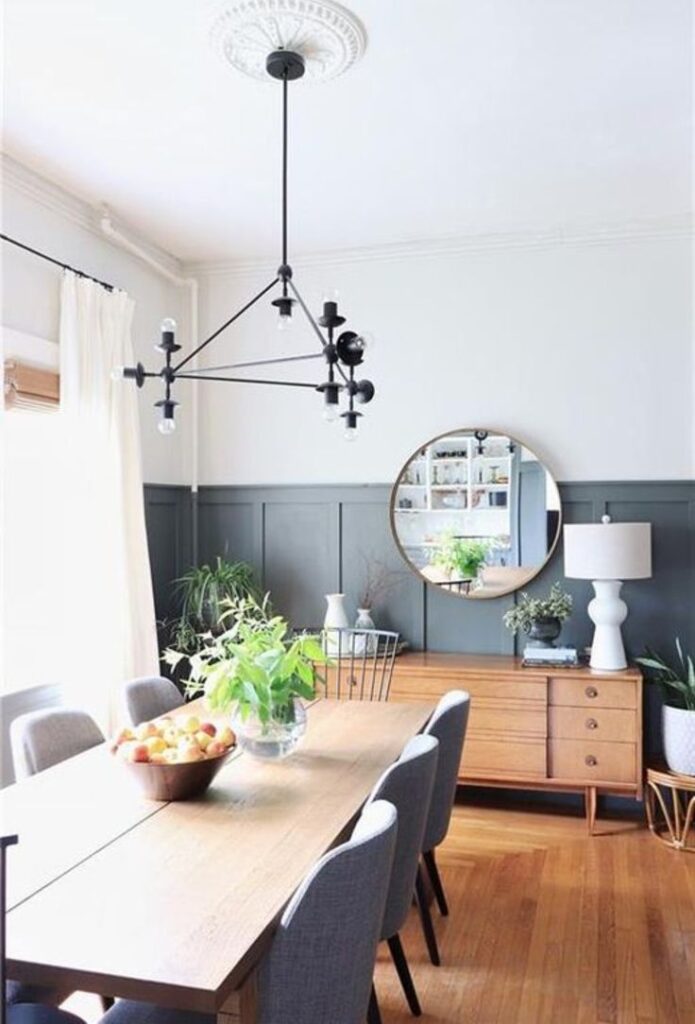
Some living rooms just feel flat, right? Adding beadboard halfway up your main wall, like wainscoting, can pull the whole room together.
Pair white beadboard with a color up top for that classic, cozy vibe—think cottage or farmhouse style.
Pop it around your fireplace or behind your TV for extra detail.
I love how it instantly adds a bit of charm, especially if your space is plain. Paint it a soft blue or green and it feels fresh and unique.
Transforming a Powder Room
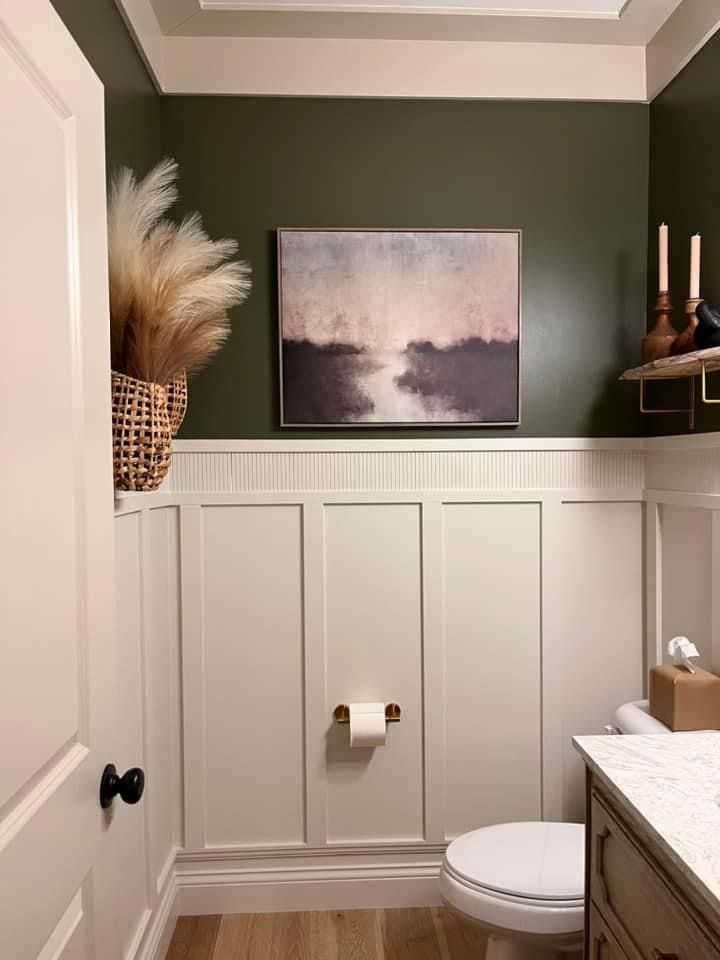
Tiny rooms are honestly the best spot for beadboard. In a powder room, it’s decoration and splash protection all in one.
Try running beadboard up to the ceiling for a bold look, or just halfway for a cleaner style.
A fresh coat of paint—maybe something moody or pastel—can make that little bathroom feel intentional and charming.
Beadboard hides dings and wears much better than plain drywall. No fussing over scuffs near that busy sink.
Classic White Beadboard
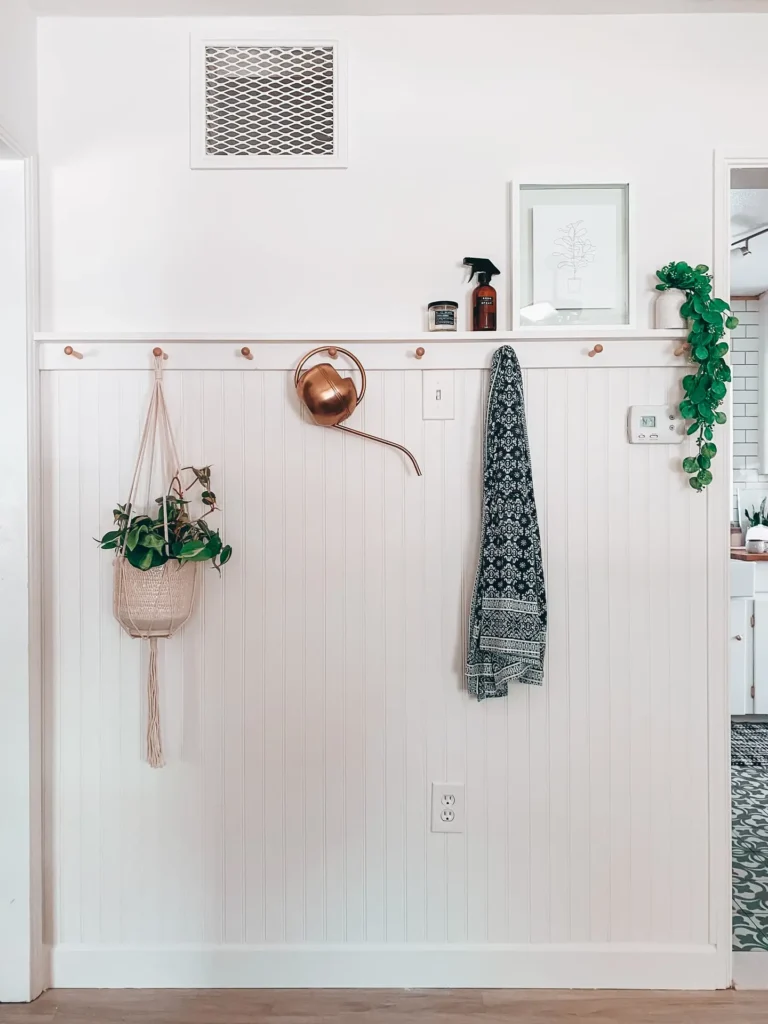
If you want a style that feels clean and fresh, classic white beadboard is tough to beat.
It’s the go-to for that timeless, bright look, and you’ll see it everywhere from cottages to modern kitchens.
Those vertical lines make your walls look taller. The color suits almost any décor.
You can paint it, but honestly, most people love it in bright white because it bounces light and feels airy.
If you’ve got a small space or a room that needs a little spark, white beadboard is almost always a safe choice.
Chevron and Decorative Patterns
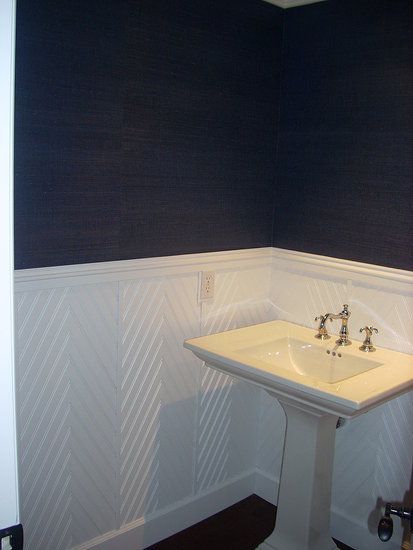
Feeling creative? Check out chevron beadboard.
This style uses angled boards for a zigzag shape, which really pops and brings energy to your walls.
Chevron patterns aren’t just about looks—they can guide your eye up, down, or across a room.
Mix in different colors or wood types if you’re into bold statements.
It’s a smart way to make a hallway or entryway feel special.
Tongue and Groove Installation
Tongue and groove beadboard panels work a bit differently than basic sheets.
Each board fits snugly next to the other because of the matching ridges and slots (it’s exactly what it sounds like).
This style gives you tight joints and fewer gaps, so it looks super smooth on the wall. Go vertical for that tall look, or horizontal for something more modern.
Tongue and groove is sturdy, so it’s perfect for spots that get a lot of traffic, like mudrooms and baths.
Assembly is pretty satisfying, honestly, and you know the boards are locked in for the long haul.
Videos and Tutorials
Honestly, a quick video makes a huge difference with tricky steps. Search “DIY beadboard wall” on YouTube and you’ll find step-by-step guides from real folks who’ve tackled this project.
Many videos show close-ups of awkward corners or how to cut panels neatly. That’s super helpful.
Some tutorials walk you through the whole process, from picking out materials to the last brush of paint.
I always check out a couple before getting started—there’s usually some clever hack you haven’t seen yet.
Is Beadboard Right for Your Home?
Choosing beadboard is really about your personal taste and the mood you want in your space.
Think about how it fits your home’s style and weigh the pros and cons before jumping in.
Matching Your Style and Space
Beadboard usually feels at home in cozy, farmhouse, or cottage-style spaces.
But hey, you can pull it off in modern homes too if you use it sparingly.
You’ll often see beadboard in kitchens, bathrooms, entryways, or mudrooms—places where you want a little extra charm.
If your house is from the Victorian or Craftsman eras, beadboard might look like it’s always belonged there.
Even in newer places, if you’re after a bright, classic look that isn’t too flashy, beadboard could be a great fit.
Pros and Cons to Consider
Pros:
- Adds texture and warmth to walls.
- Hides dings or bumps better than flat walls.
- Easy to paint or freshen up.
- Makes small spaces feel cozier.
Cons:
- Doesn’t always match super modern or minimal styles.
- Grooves collect dust, so you’ll need to clean them now and then.
- Can be tricky to install around outlets or corners.
- Might look out of place if it clashes with your home’s vibe.
Cleaning and Care Tips
Dust loves to settle in the grooves, so running a soft cloth or duster over the beadboard every week or two helps a lot.
A damp sponge or microfiber towel usually takes care of smudges—no need for harsh cleaners.
If you’ve got wooden beadboard, keep an eye out for water spots.
Dry up any splashes quickly to avoid warping or stains.
Vinyl and MDF beadboard are less fussy but still need a wipe-down, especially in bathrooms or kitchens.
Upgrading or Refreshing Beadboard
If you spot chips or scuff marks, a fresh coat of paint can make a big difference.
Even changing the paint color—lighter or darker—can update the whole room.
Sometimes panels get damaged, especially near the bottom. You can patch small spots with wood filler, or just swap out a panel if it’s really beat up.
If the style feels tired, try switching out the trim or adding wallpaper above the beadboard for a fresh twist.
Frequently Asked Questions
How can I make beadboard fit with a modern home aesthetic?
Try painting beadboard white, gray, or even navy for a modern feel. You can run the panels all the way up the wall instead of stopping at chair-rail height.
Stick with flat trim and clean lines to keep things simple.
Are there any cool alternatives to beadboard that offer a similar vibe?
Shiplap is a popular choice if you like wider boards and a sleeker look. Board and batten is another style worth considering—it adds texture without the grooves.
Both are easy to find and look great in lots of different rooms.
What’s the difference between beadboard and wainscoting for wall decor?
Beadboard uses narrow vertical planks with little grooves—those are the “beads”—between each board. It’s actually a type of wainscoting.
Wainscoting covers a bigger range. Besides beadboard, it includes styles like raised or flat panels, so you get more options with wainscoting overall.
